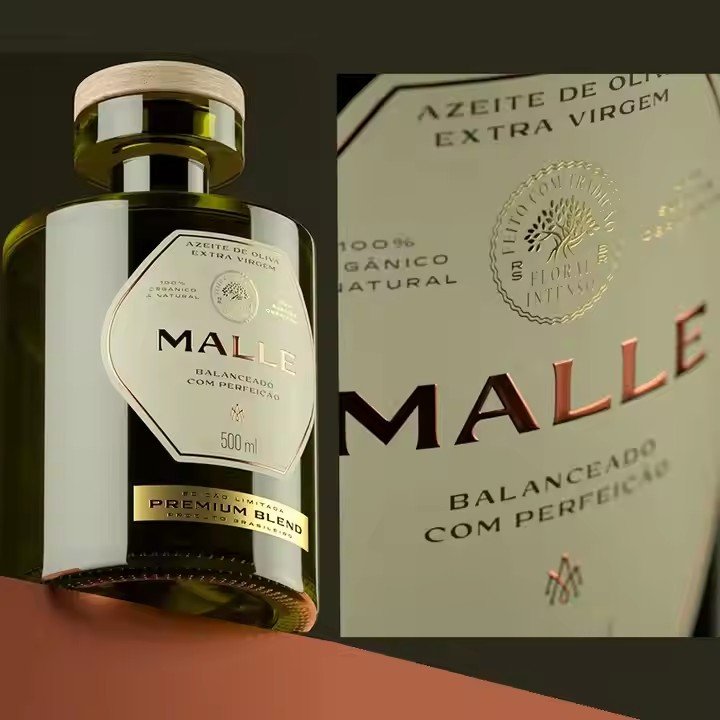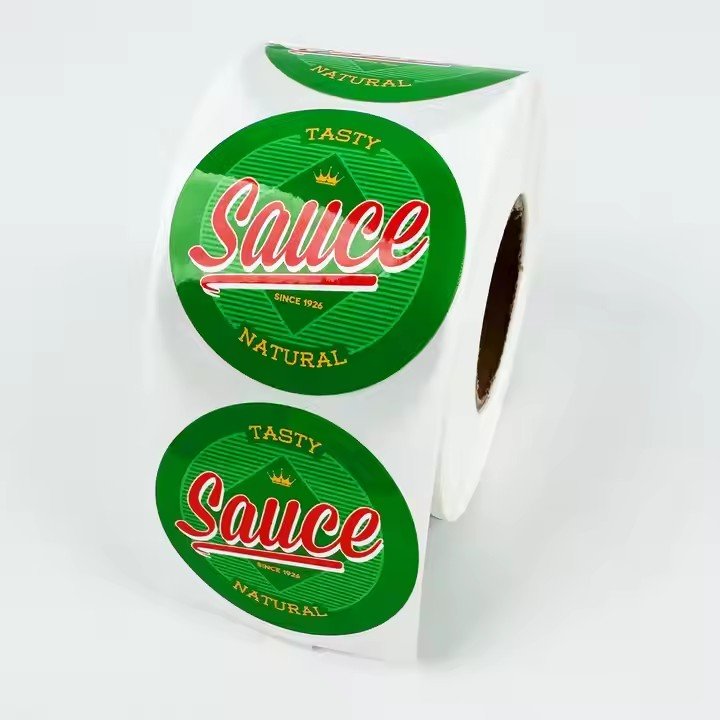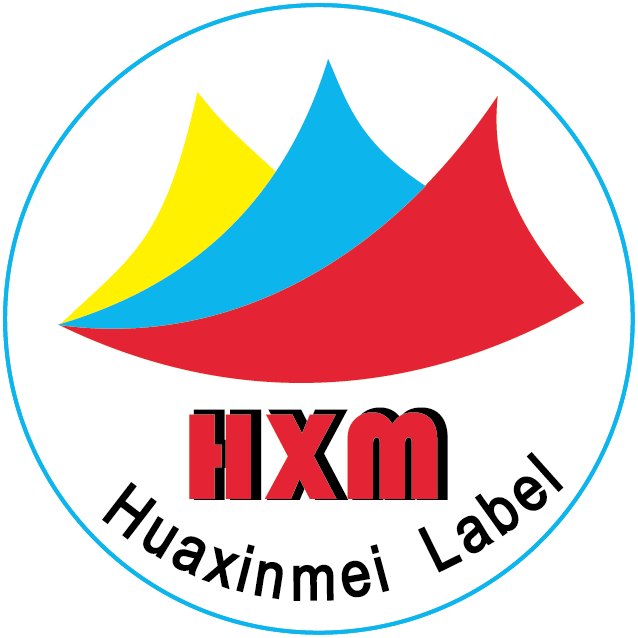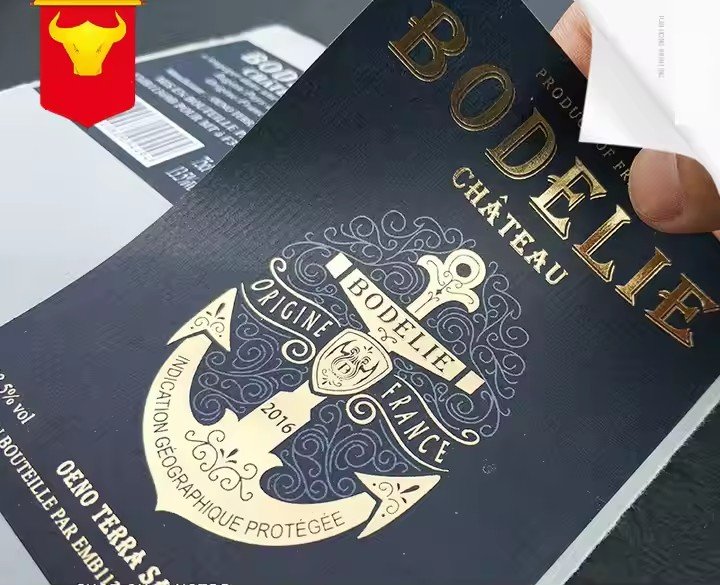- Base Material — The Core That Determines the “Structural Strength”
The base material is the foundation that supports a traffic sign label. It must have sufficient rigidity to resist external deformation while remaining lightweight and corrosion-resistant to prevent rusting, embrittlement, or cracking over long-term use. Currently, mainstream base materials fall into two main categories — metal and engineering plastics, each suited for specific applications.
Aluminum Alloy Plates (6061-T6 / 5052-H32): The “Preferred Material” for Permanent Outdoor Signs
Aluminum alloy is the dominant choice (over 80% of the market) for expressways and main city roads due to its combination of corrosion resistance, light weight, and high strength. Its key advantages include:
Excellent Corrosion Resistance: Aluminum naturally forms a dense oxide film (Al₂O₃) about 5–10μm thick, which isolates moisture, oxygen, and pollutants to prevent rust. With fluorocarbon coating or powder coating, the surface gains a second protective layer — improving salt spray resistance by 3–5 times (no rust after 500-hour salt spray testing). This makes it ideal for coastal areas or regions using deicing salts.
High Physical Strength: 6061-T6 aluminum alloy has a tensile strength of 290MPa, with high hardness and bending resistance. It can withstand typhoon-level winds (up to Force 12, 32.7m/s) without deformation and resists minor vehicle scrapes. 5052-H32, by contrast, offers better toughness (elongation up to 25%), suitable for curved signs (e.g., tunnel entrances) or slightly deformable applications.

Lightweight and Easy to Install: With a density of 2.7g/cm³ — one-third that of steel — a 1.2m × 0.8m aluminum sign weighs only 10–12kg. It requires no heavy-duty brackets, reducing installation costs, structural load, and long-term fatigue risk.
Long Service Life: Regular coated aluminum signs last 10–15 years, while fluorocarbon-coated ones can last 15–20 years — far longer than traditional iron sheets (3–5 years), with significantly lower maintenance costs.
Stainless Steel Plates (304 / 316): The “Durability Upgrade” for Highly Corrosive Environments
Stainless steel offers superior corrosion resistance and strength compared to aluminum alloy but comes at a higher cost. It is mainly used in extreme corrosion or high-wear environments.
Outstanding Corrosion Resistance: 304 stainless steel (18% chromium + 8% nickel) resists rain and pollution, suitable for industrial areas (non-acidic). 316 stainless steel adds 2–3% molybdenum, providing over 10× better resistance to seawater salinity and acid rain — ideal for coastal highways and port signage. It can withstand 1000 hours of salt spray testing without visible corrosion.
High Strength and Wear Resistance: With a tensile strength of 520MPa and surface hardness (HV200–250) about 1.5× that of aluminum alloy, it resists scratches from bicycles or debris — ideal for pedestrian areas, parking indicators, and residential entry signs.
Limitations: With a density of 7.93g/cm³, it’s three times heavier than aluminum. It requires stronger supports (e.g., galvanized steel brackets), increasing installation costs by over 50%. The material itself is 2–3× more expensive, limiting large-scale use.
Engineering Plastics (PC Polycarbonate / ABS): The “Flexible Choice” for Temporary Applications
Engineering plastics emphasize lightweight durability and impact resistance, making them ideal for temporary or mobile signage such as construction zones.
Weather Resistance (with Modification): Premium PC materials (e.g., “Bayer 2805” with UV stabilizers) withstand temperatures from -40°C to 120°C and resist yellowing or embrittlement for over 5 years. Standard ABS requires UV stabilization treatment; otherwise, surface cracking may appear within 1–2 years, restricting use to indoor or semi-covered environments (like underground parking signs).
Impact-Resistant and Shatterproof: PC is 250× stronger than ordinary glass, and it won’t shatter into dangerous fragments upon impact — ideal for portable “Road Work Ahead” signs or replaceable parking lot indicators, reusable for 3–5 years.
Limitations: Insufficient rigidity makes it prone to deformation under long-term stress (e.g., strong wind), unsuitable for large fixed signs (like overhead highway signs). Its surface hardness (HV100–120) is relatively low, making it susceptible to scratches and reduced legibility over time.
- Surface Layer (Information Layer) — The Key to “Long-Lasting Visibility”
The primary function of a traffic sign is to convey information through text, symbols, and colors. The surface layer must ensure color stability, adhesion durability, and nighttime reflectivity. The two most critical components are reflective film and weather-resistant coatings.

Reflective Film — The “Lifeline” of Nighttime Visibility
According to national standard GB/T 18833–2012: Retroreflective Sheeting for Road Traffic, the durability of reflective film determines nighttime performance. Based on lifespan and performance, it is classified into three grades:
Type I (Engineering Grade): 3–7 years of lifespan. Uses glass bead reflection technology. Initial retroreflection coefficient (white) ≥70 cd·lx⁻¹·m⁻², with minimal color change (ΔE<5 after 1000-hour UV exposure). Ideal for urban side roads or residential signage. Cost: approx. ¥30/m².
Type II (Super Engineering Grade): 7–10 years of lifespan. 30% higher reflectivity than Type I (white ≥90 cd·lx⁻¹·m⁻²), with anti-acid rain coating and 500-hour salt spray resistance without peeling. Suitable for major urban roads or county highways, balancing durability and cost (approx. ¥60/m²).


